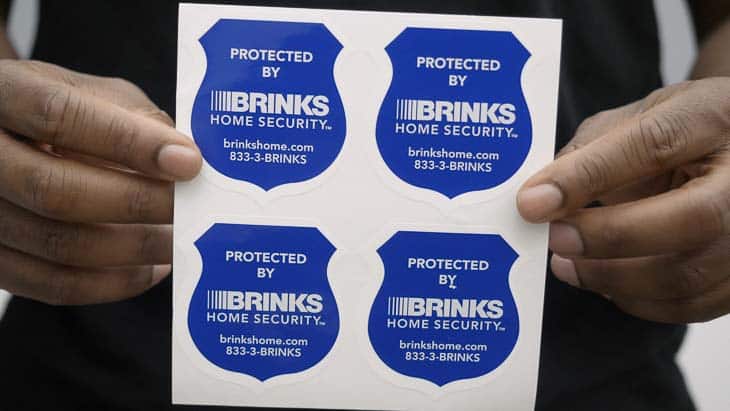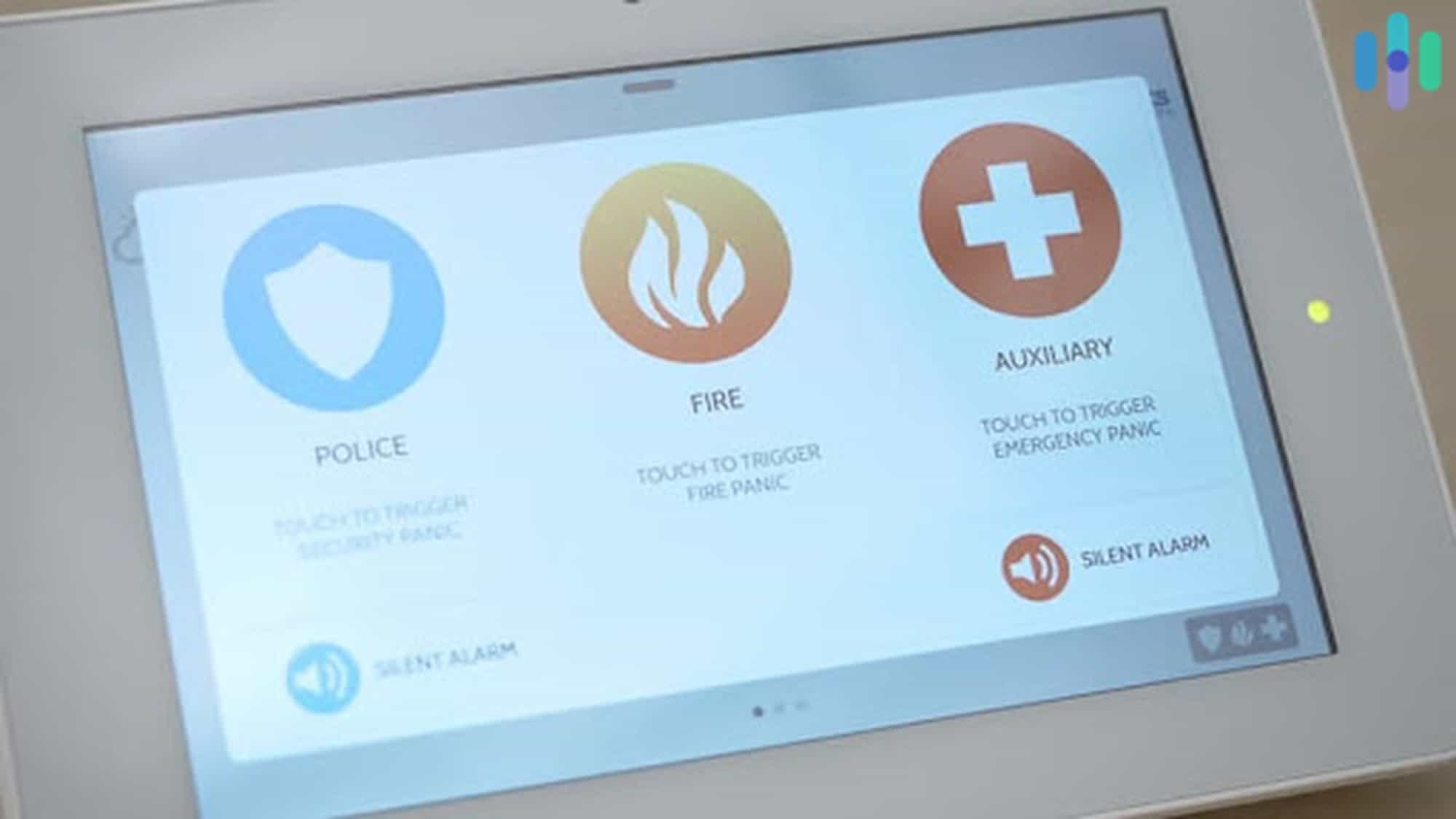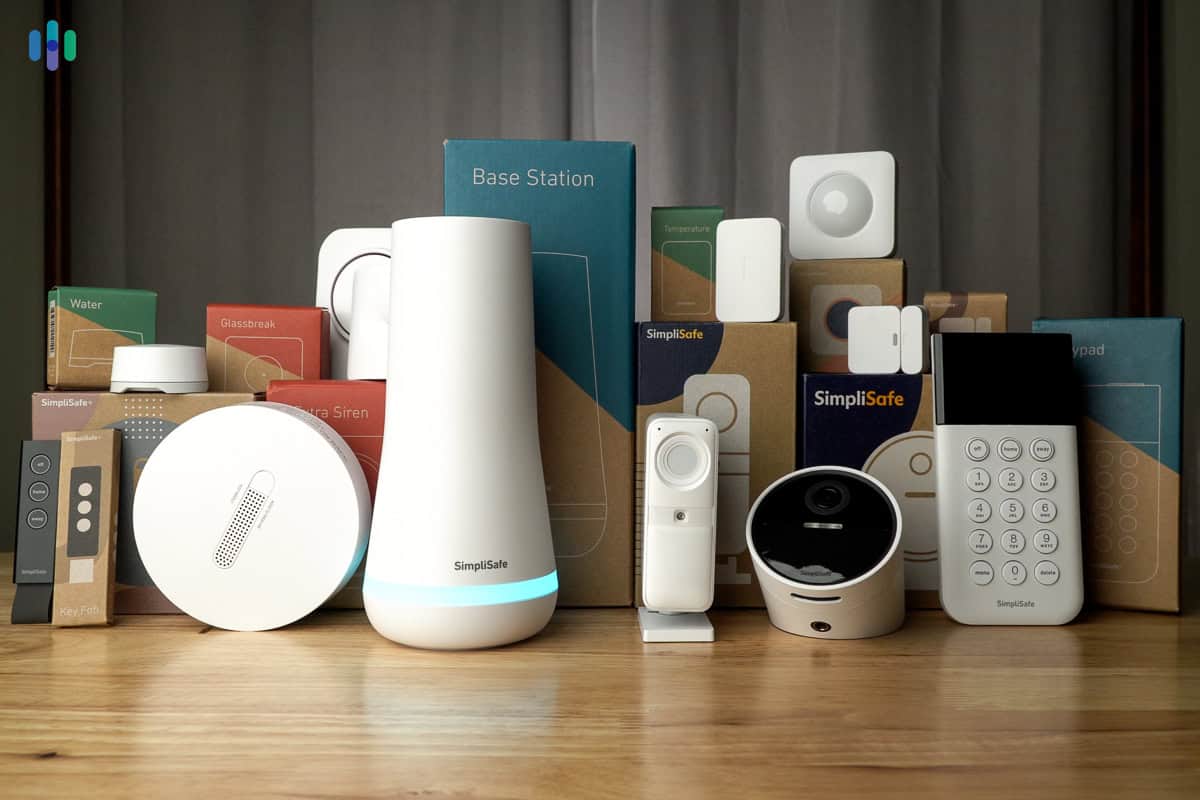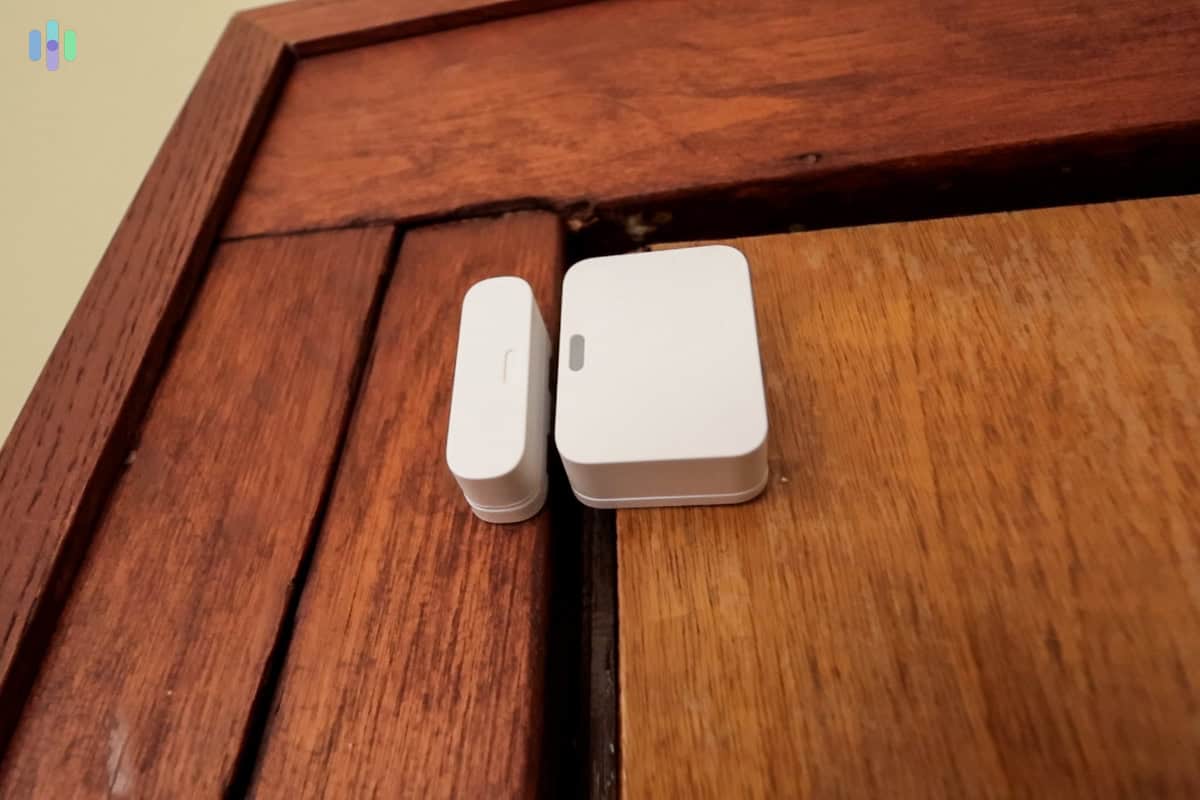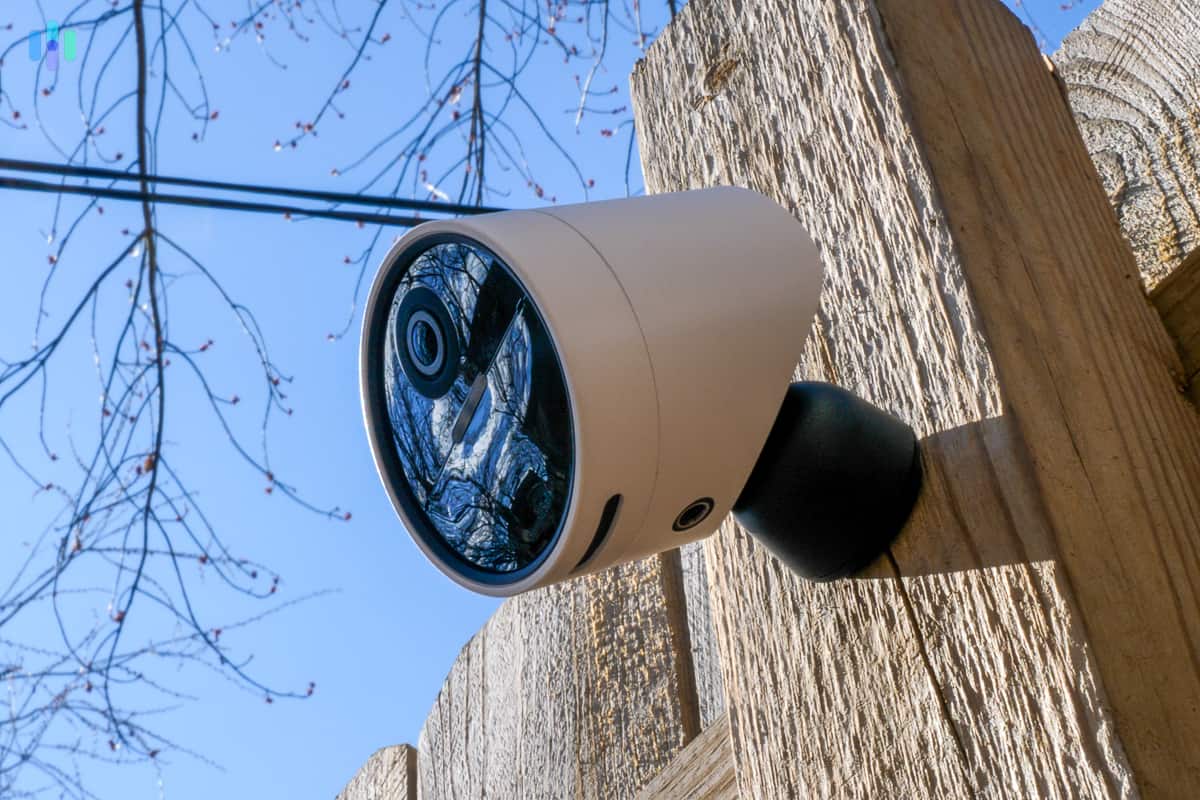SimpliSafe vs. Brinks 2025
When we compared SimpliSafe to the industry staple, Brinks, the results were clear: SimpliSafe is the better system.
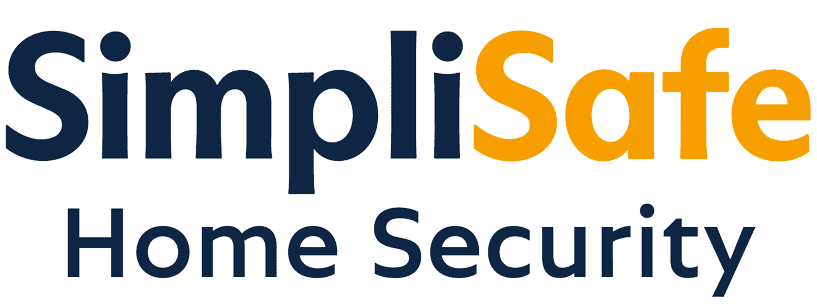

Winner
Best Installation

View Packages
Links to SimpliSafe
- Fast and easy DIY installation
- Optional professional monitoring costs $21.99 to $79.99 per month
- Packages range from $250 to $730
Best Traditional System

View Packages
Links to Brinks Home Security
- Wireless equipment from top manufacturers
- Free professional installation for select packages
- User-friendly app for security and smart home control


